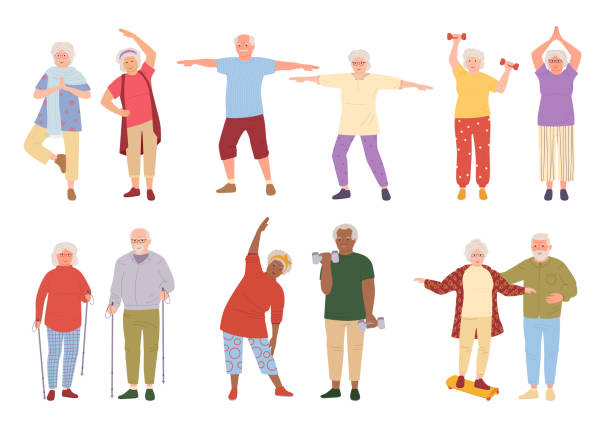November 15, 2022
The Community Health Corner
Submitted by Stephanie Gutierrez

Community health uses science-based approaches for the greatest health benefit to the greatest number of people by addressing the social, economic and structural drivers that impact everyone’s health. The National Extension Framework for Health Equity and Well-being recommends using community development practices to ensure that every person has the opportunity to "attain his or her full health potential," and no one is "disadvantaged from achieving this potential because of social position or other socially determined circumstances." The following tools and resources can be used to improve health equity and well-being working with communities to achieve the nation’s Healthy People 2030 objectives.
USE NOW: The Community Preventive Services Task Force (CPSTF) recommends home-based exercise interventions to improve physical fitness among adults 65 years and older. Evidence from a systematic review published in 2021 shows interventions improve older adults’ balance, muscle strength, power, and endurance. Participants also report fewer falls and fall-related outcomes and spend more time engaged in physical activity.
JOIN NOW: Reminder - Join Trust for America’s Health on November 30, at 1:30 p.m. (ET) for a virtual congressional briefing and national webinar, State of Obesity 2022: Better Policies for a Healthier America. The briefing will explore findings from TFAH’s recent report, which found obesity rates continue to climb nationwide and within population groups. 19 states had adult obesity rates at 35 percent or higher, up from 16 states the year before. Speakers will cover the latest data on obesity and its impacts, highlight promising approaches to ensure healthier communities, and offer policy recommendations that can help all Americans lead healthier lives.
READ NOW: Hearing is an essential sense for many reasons. Loud sounds can damage sensitive structures in the inner ear, causing noise-induced hearing loss (NIHL) and tinnitus (ringing, roaring, or buzzing in the ears). The louder the sound, the faster it can damage your hearing. NIHL is a significant health problem for U.S. youth and adults. According to the Centers for Disease Control and Prevention (CDC), self-reported hearing tests show that about one in seven U.S. teens and nearly one in four U.S. adults (ages 20 to 69) have features suggestive of NIHL in one or both ears. Those who work in industrial settings, warehouses, farms, or who engage in shooting sports are especially susceptible to damage of the ear that can affect hearing. Learn more about hearing loss prevention here.
For more information, contact Elaine Johannes, ejohanne@ksu.edu; and Stephanie Gutierrez, smgutier@k-state.edu.